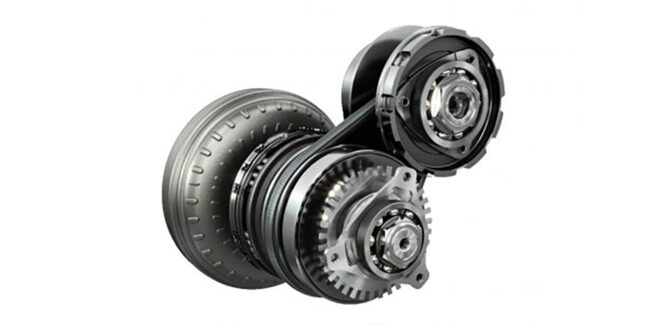As more and more cars are equipped with continuously variable transmission (CVT), it’s becoming increasingly important to know how to maintain and avoid common CVT transmission problems. Unlike traditional automatic transmissions, CVT transmissions use a belt and pulley system to provide an infinite number of gear ratios. While this design can lead to smoother acceleration and increased fuel efficiency, it also requires unique maintenance and repair procedures.
Understand How Your CVT Transmission Works
The first step to avoiding common CVT transmission problems is to understand how your transmission works. Unlike traditional automatic transmissions, CVT transmissions don’t have gears. Instead, they use a belt and pulley system to provide an infinite number of gear ratios. This design allows the engine to operate at its most efficient RPM, resulting in better fuel economy.
However, this unique design also means that CVT transmissions can be prone to certain problems. One common issue is overheating, as the continuously variable nature of the transmission can cause it to generate more heat than traditional transmissions. Another issue is belt and pulley wear, which can lead to slipping and reduced performance. To avoid these problems, it’s important to have your CVT transmission serviced regularly and to follow the manufacturer’s recommended maintenance schedule. Additionally, driving habits such as aggressive acceleration and hauling heavy loads can put extra strain on the transmission, so it’s important to drive responsibly to prolong the life of your CVT transmission.
Regularly Check and Change Your Transmission Fluid
One of the most important maintenance tasks for CVT transmissions is to regularly check and change your transmission fluid. Unlike traditional automatic transmissions, CVT transmissions require a specific type of fluid that’s designed to work with the belt and pulley system. Using the wrong type of fluid can cause serious damage to your transmission.
Therefore, it’s crucial to follow the manufacturer’s recommendations for fluid type and change intervals. Neglecting to change the fluid can lead to overheating, premature wear and tear, and ultimately, transmission failure. Regular maintenance of your CVT transmission, including fluid changes, will help ensure that your vehicle runs smoothly and stays on the road for many years to come.
Don’t Overheat Your CVT Transmission
Another common cause of CVT transmission problems is overheating. CVT transmissions are more susceptible to overheating than traditional automatic transmissions because they use a belt and pulley system that generates more heat. Overheating can cause the transmission fluid to break down, which can lead to serious damage.
If the transmission fluid breaks down, it can cause the belt and pulley system to slip, resulting in a loss of power and acceleration. Additionally, overheating can cause the transmission to seize up completely, leaving the vehicle unable to move at all. To prevent CVT transmission problems caused by overheating, it is important to keep the transmission fluid at the proper level and to have it changed regularly according to the manufacturer’s recommended schedule. It is also important to avoid driving in extreme heat conditions and to avoid putting excessive strain on the transmission by towing heavy loads or driving aggressively.
Be Gentle with Your CVT Transmission
CVT transmissions are designed to provide a smoother driving experience than traditional automatic transmissions. However, this also means that they’re more sensitive to sudden changes in speed or direction. To avoid common CVT transmission problems, it’s important to be gentle with your transmission.
This means avoiding sudden acceleration or deceleration, as well as abrupt stops or turns. Additionally, regular maintenance and fluid changes are essential to keep your CVT transmission running smoothly. It’s also important to note that not all CVT transmissions are created equal, so it’s important to do your research and choose a reputable brand and model. Overall, with proper care and attention, a CVT transmission can provide a reliable and enjoyable driving experience.
Get Your CVT Transmission Inspected Regularly
Finally, it’s important to get your CVT transmission inspected regularly by a qualified mechanic. Regular inspections can help to identify potential problems before they become serious, saving you money on repairs in the long run.
It’s also recommended to follow the manufacturer’s recommended maintenance schedule for your CVT transmission. This may include fluid changes and filter replacements. Neglecting regular maintenance can result in decreased performance and even transmission failure. So, to ensure the longevity and optimal performance of your vehicle’s CVT transmission, make sure to schedule regular inspections and follow the recommended maintenance schedule.
Conclusion
CVT transmissions are becoming more and more common in cars today. While they offer many benefits, they also require unique maintenance and repair procedures. By understanding how your CVT transmission works and following these tips for avoiding common CVT transmission problems, you can help to prolong the lifespan of your transmission and save money on repairs in the long run.
 HammBurg Be informed with latest news, reviews, entertainment, lifestyle tips, and much more.
HammBurg Be informed with latest news, reviews, entertainment, lifestyle tips, and much more.




